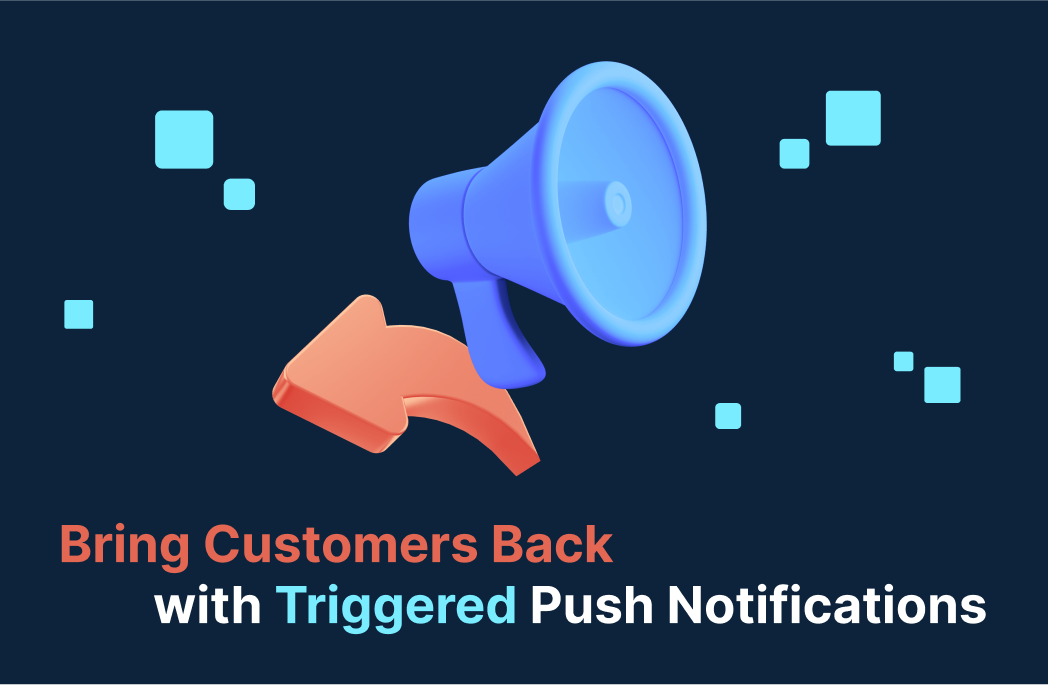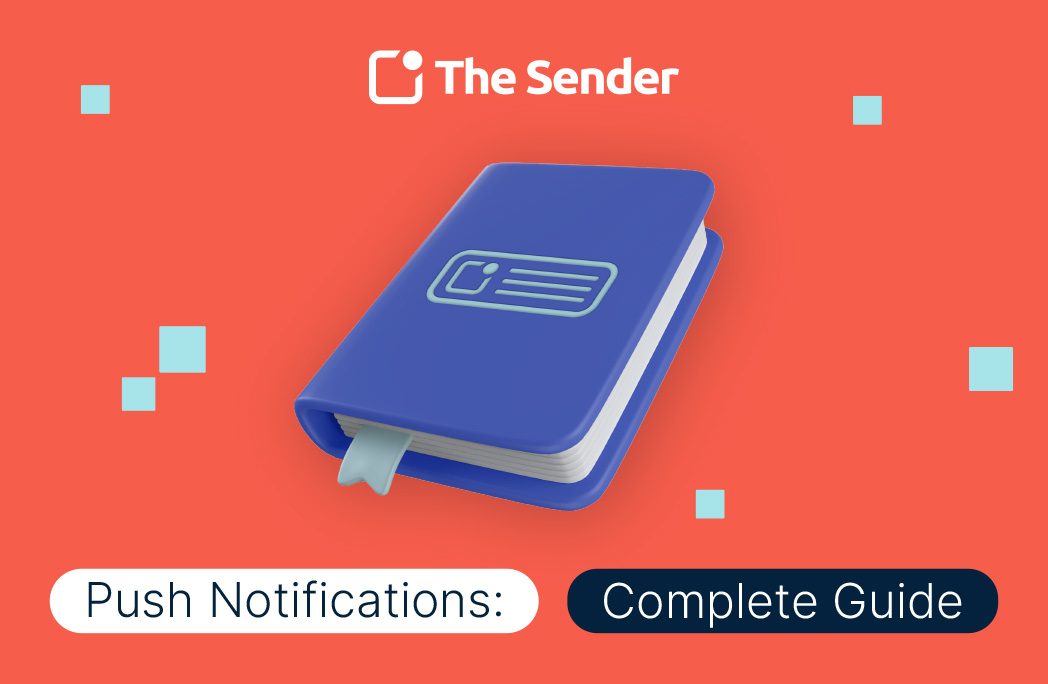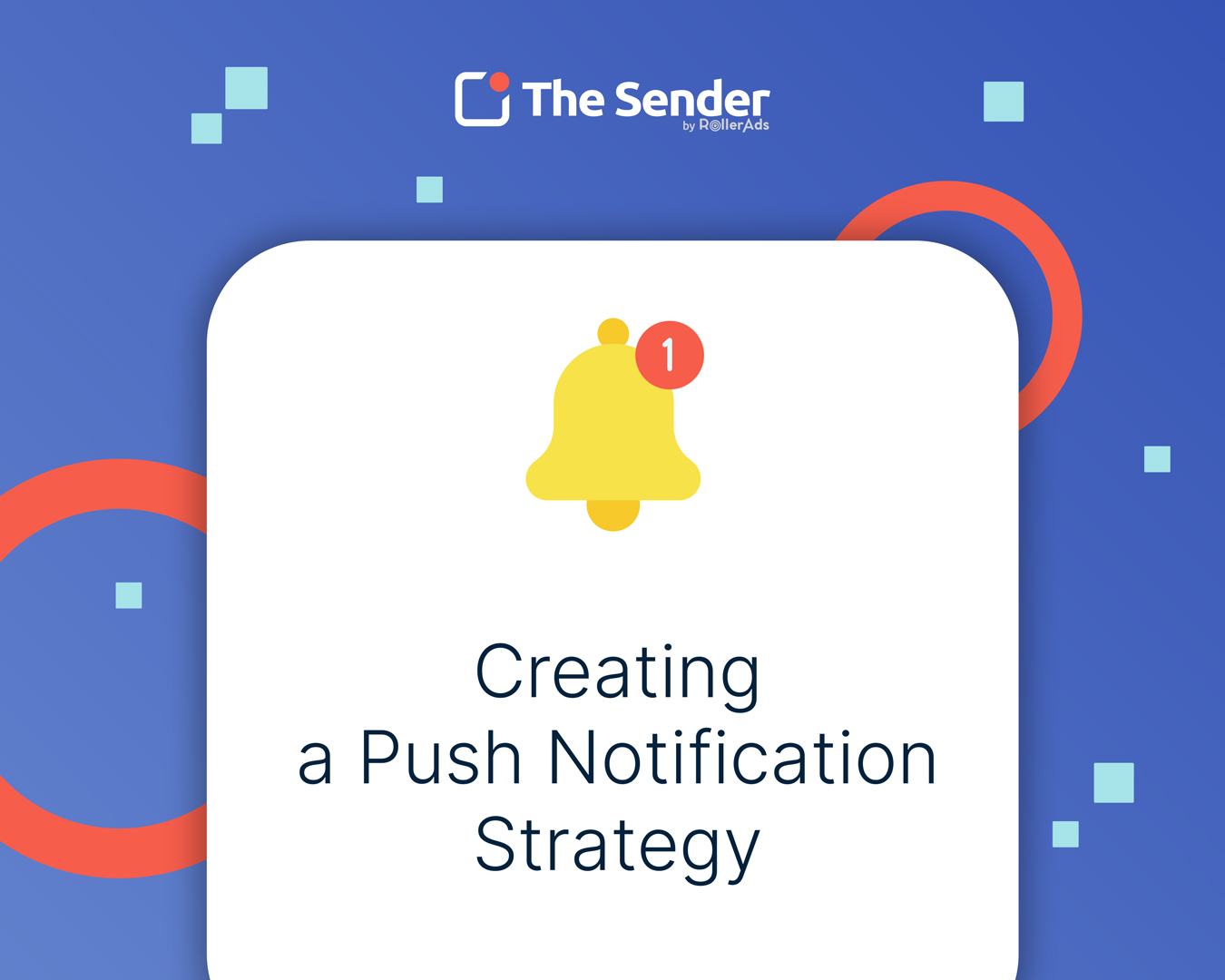What is “Push notifications”?
Push notifications are a popular tool for interacting with the audience today. They are short messages addressed to users after opening the site. Visually, this addressing often comes on behalf of the browser.
Push notifications are successfully used to send promotional content, user information, triggered mailings, etc. This marketing trend, due to its efficiency, is considered today one of the most effective ways to develop business projects.
Externally, push notifications typically consist of a title, an image, a small block of text, and a link to a landing page. They appear as pop-up windows on the desktop.
At their core, such messages resemble email or SMS mailings to the customer base. The difference lies only in the format of the notifications themselves. Also, the Push-message technology has a number of undeniable advantages:
- Messages are visible on top of all windows, even when the resource and browser are closed;
- When clicking on the message, the user goes directly to the landing page;
- To subscribe to a notification, the user just needs to click the “Allow” button, no need to fill out any registration forms;
- Unsubscribing is possible with literally one click;
- Push notifications do not require the installation of special programs or extensions. All you need is a browser itself;
- You can use any text in messages (corresponding to the law and moral and ethical standards). Push notifications, in principle, cannot get into spam, like, for example, an email with a mention of new discounts;
- Newsletter is cheaper than SMS, and often E-mail marketing.
Push notifications help to attract the user to the site. Your next task is to keep it. At this point, chat and callback widgets, like those provided by Venyoo, come in handy. Nice design and full automation are the main factors due to which the service is able to significantly increase the conversion of the site.
Setting up push notifications
A prerequisite for collecting a subscriber base and working with it directly on the site is that the resource has an SSL certificate, which guarantees the security of processing user data. If there is none, a special service is indispensable. In some services, it is possible to send without SSL, but in this case, the notifications themselves will be slightly unfinished, since the mailing will be carried out on behalf of the subdomain of the site on the domain of the program used.
Tips for using push notifications
Since this technology is a marketing technique, there are practical recommendations for its use. The main one is to keep a barrier between constructive dialogue and obsession. Here, as in direct sales, it is important not to cross the line, after which the very fact of cooperation will be called into question. Observe the following factors:
Selecting the target audience. The key to the success of push technology. Only personalization and consideration of the interests of the user can increase sales and achieve other business goals. In push notifications, it is possible to customize this very personalization, taking into account the gender, age and other characteristics of the user. The tool can analyze which products or pages the user has viewed and send him messages based on these interests.
Content relevance. Provide users with up-to-date information only. Promotions, discounts, news – all this should be on topic. I mean, relevant. If a person subscribes to the “dish of the day” mailing list from your restaurant’s website, you do not need to notify him about the sale of the spring collection of shoes in a partner store. This is spam in its purest form, and it will be negatively evaluated by the audience.
Geolocation. An important parameter on which, as you know, most advertising companies are built, in particular, contextual advertising. In push notifications, you can enter text with the name of the region, defining this region through the user’s IP. You can invite a person to indicate the city or region himself, for more accurate geotargeting. Another, more advanced option is to send messages when a person, according to GPS data, is close to your outlet.
Link to social networks. It is necessary that the user has the ability to “share” information. Social media is the best option for this.
Timeliness. People should receive notifications when it’s convenient for them. Few people at 3 o’clock in the morning will be interested in information about discounts or a new arrival of goods. Most likely, after such a notification, a person will generally unsubscribe from your mailing list. It is best to send information on weekdays after lunch.
Opportunity to unsubscribe. As we have already said, the maximum is in one or two clicks. “You won’t be forced to be nice.” If a person is clearly not interested in your notifications, he will ignore them anyway and will not become a client anyway. Do not be intrusive, give people freedom of choice.
Strict dosage. If you use several advertising channels in parallel (and without it there is no way in business), pay attention to their synchronization. The same marketing offers in SMS and push notifications can be regarded by the user as overly intrusive advertising. And we need loyalty. Since the very fact that a person has subscribed to notifications indicates his desire to conduct a dialogue. But any dialogue requires mutual respect. And we need to show it first.
Who are push notifications for?
Advertising. Most often, such messages are used specifically for advertising purposes. We form a user base, after which we send them information about our products or services, and call for action. The advantage of push notifications in this context is that there are no intermediate steps for the client. By clicking on the entry, he will find himself straight on the page intended for the order.
Publishers and webmasters. An essential part of content engagement. You want the user to stay on the site for as long as possible, returning regularly. New content notifications and other similar content is an effective way to improve user experience. Often, the user is not even informed about the newest content, but about an updated version of the service (applications, etc.).
Online streams and webinars. Push notifications appear on the screen, notifying the audience about the start of the broadcast. Whereas through e-mail and SMS, only prior notification is possible.
Purchase stages. Allows you to process orders in online stores much faster. The client instantly receives a message about the status of the order, while the store itself can save on notifications. Ideally, of course, use several methods at the same time – both push, and SMS and E-mail messages, allocating a specially limited time to read the first ones.
Notifications about activity in applications and social networks. Standard practice for most modern thematic resources. Who among us does not know the sound of a “clopping hoof” from Vkontakte or a notification about “energy recovery” in a mobile game. In this case, these messages are related to push tools. With their help, the activity of the audience increases, which ultimately has a positive effect on targeted actions.
Statistical data. The current currency quotes, the value of stock shares and other similar information for many users is part of their work or business. Such information should be provided promptly. A resource that will report all relevant figures on time will receive good behavioral factors from such people. By the way, for the first time after its appearance, the Push Notification technology was used by the PointCast network, whose main specialization was working with stock markets.
MEDIA. Hot topics and messages from all over the world in a timely manner are the main factor in the success of news resources. Therefore, many modern media actively use push notifications to send lightning. Among them are such large-scale resources as the New York Times, CNN and others. Most of them are presented in the Safari browser, since this tool has been used in Chrome only since 2015.
What is the result
Push notifications are a good marketing tool that can be used alone or along with other types of mailings. We divided all the main thoughts about pushes in two categories: with pros and cons of push notifications.
| Pros of pushes 👍 | Cons of pushes 👎 |
| Easy site installation. Simple subscription in a couple of clicks. When subscribing to push notifications in the browser, the user does not enter personal data (mail, phone). Push notifications appear even if the tab with the site is closed. Quick transition to a site or a specific page. You can customize the sending time and frequency of sending. Personalization settings: address by name, personal product recommendations. Segmentation settings: Alerts based on customer location, browser version or language. | Some users consider push notifications to be an intrusive tool. Users often block all browser notifications. It is difficult to choose the optimal mailing frequency – this indicator needs to be tested. Automatic unsubscribe from pushes when clearing the cache, cookies, updating or reinstalling the system. Limited amount of text. After closing the push, you cannot return to it again. |



